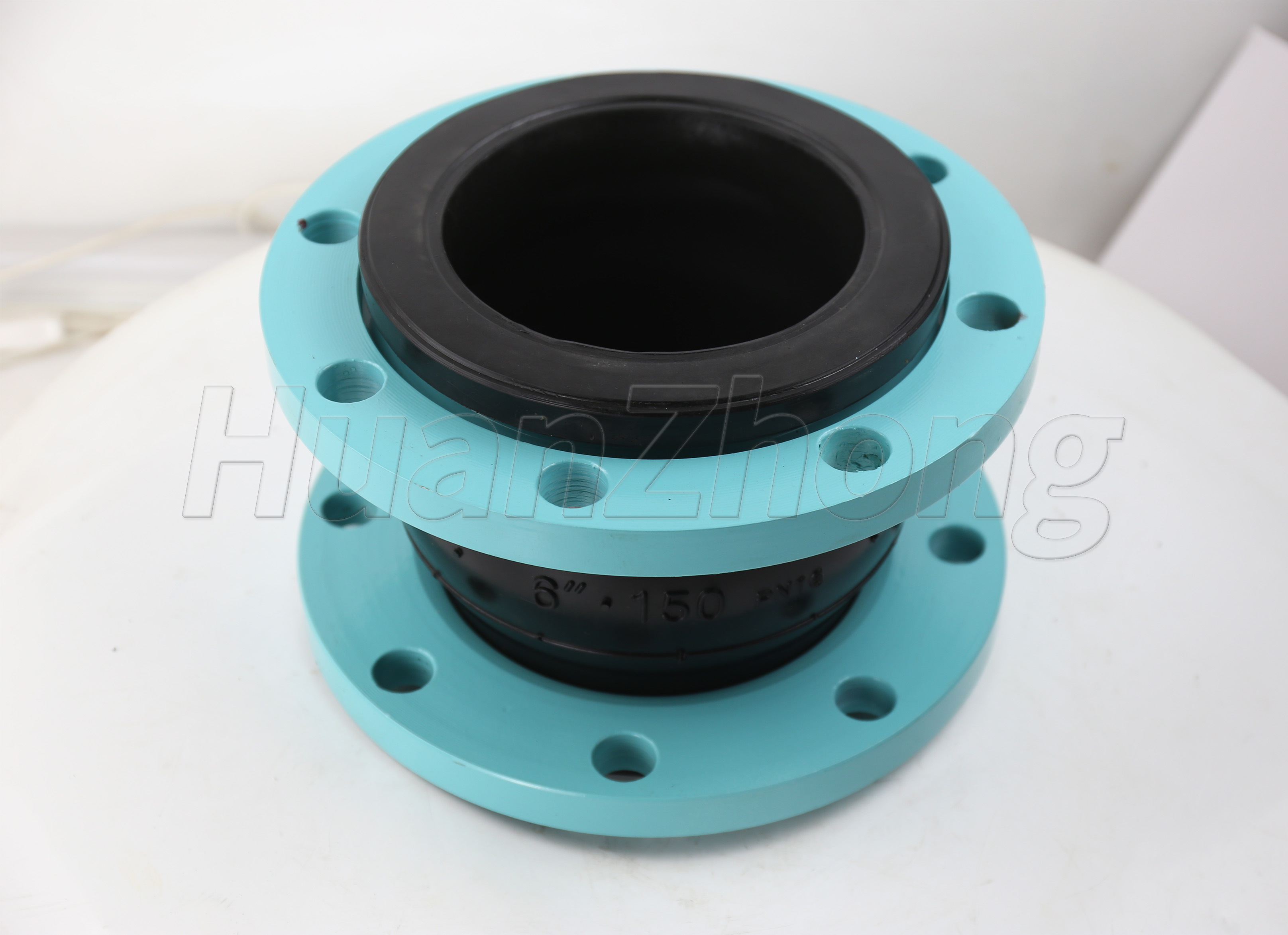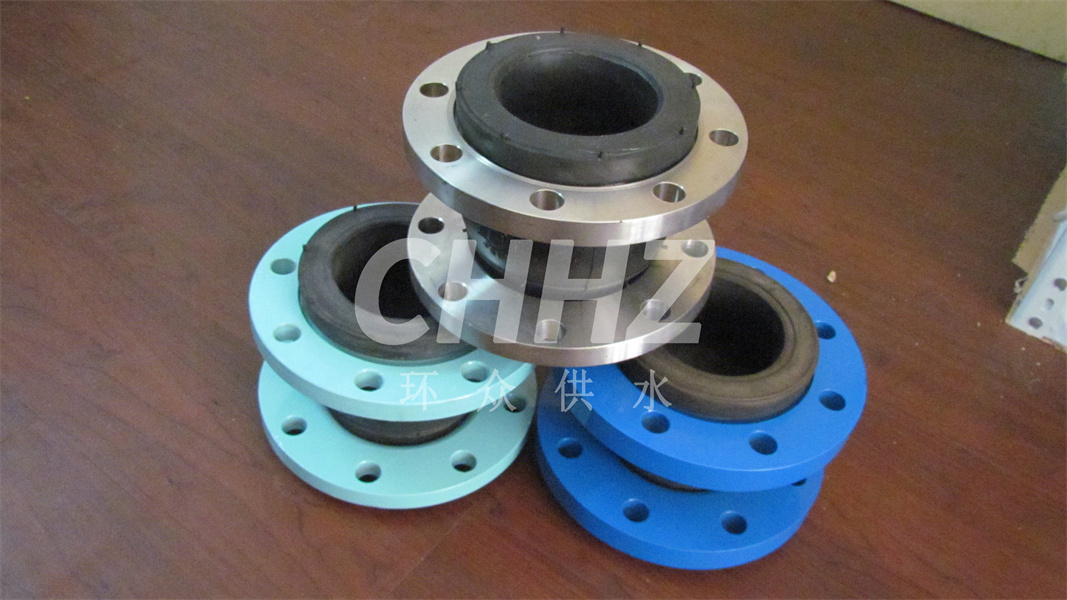What are the requirements for the installation of bendable rubber joints
For the installation of bendable rubber flexible joints requirements.
1. Before installation, the type of bendable rubber flexible joints need to check whether the product is qualified, the installation process, do not allow welding slag splash to the surface of the product, do not allow bendable rubber flexible joints by other mechanical damage.
2. When lifting and putting flexural rubber joints into the groove, use reliable soft belt spreader, go down the groove smoothly and do not collide violently with the bottom and wall of the groove.
3. When installing rubber joints on flat ground, overhead or vertically, the actual working axial displacement pressure of bendable rubber soft joints should be less than the supporting force of the pipeline, otherwise, anti-pull-off devices should be installed to prevent pulling off under pressure when working.
4. The installation part of rubber soft joints should be far away from heat source, ozone area, strong radiation light exposure and the use of media that do not meet the requirements of this product are strictly prohibited.
5. Flexible rubber joints should avoid contact with sharp metal instruments during installation to avoid puncturing the sphere.
For details of the characteristics of rubber soft joints.
1.Rubber soft joints have high pressure resistance, good elasticity (axial and lateral angular displacement), noise reduction, light quality, vibration reduction, easy installation, flexible use, easy disassembly and maintenance, and other performance advantages.
2.Rubber soft joints can compensate for thermal expansion and contraction caused by temperature changes and are widely used in various pipeline systems.
3.Rubber soft joints can produce lateral, axial and angular displacements when installed, and are not restricted by the pipeline not being centered and the flange not being parallel.
4.Rubber soft joints can be made into acid-resistant, alkali-resistant, corrosion-resistant, oil-resistant, heat-resistant and other varieties according to different materials to adapt to a variety of media and environments.

